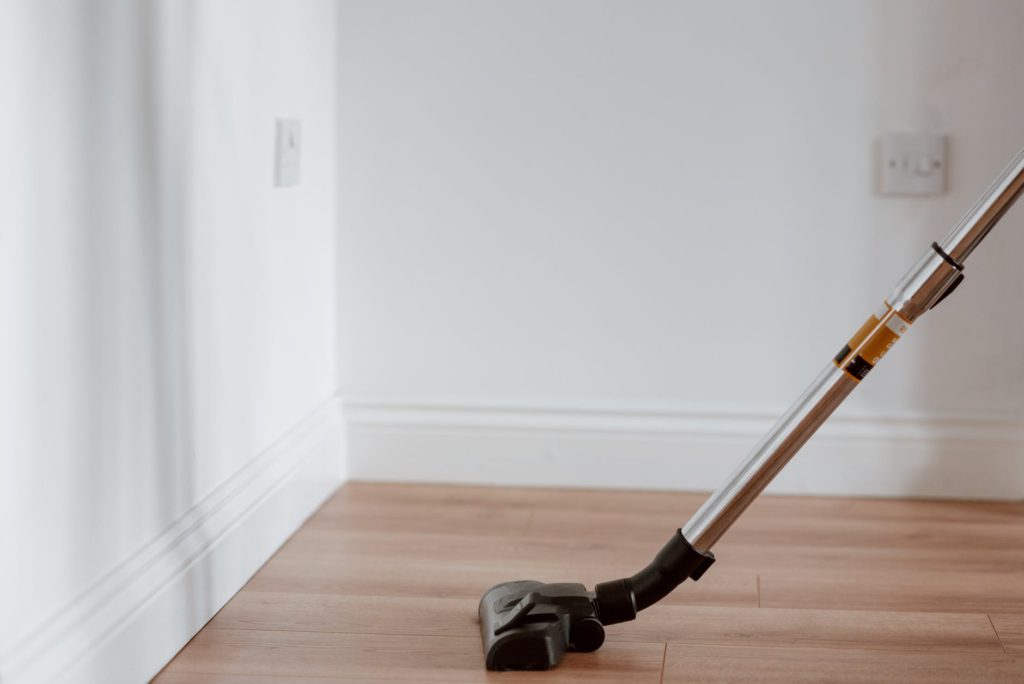Why Is My House Always Dusty? A Professional Cleaner Answers
“I do the vacuum cleaning at least once per week, I polish all surfaces, and keep the windows open as often and long as the weather permits. So why is my house always dirty?!” I have heard the question countless times from exasperated homeowners who do not know that they do wrong. More often than not, you do nothing wrong – however, there are reasons beyond your control that let dust accumulate despite your best efforts.
What Is Your Type Of Residence?
If you live in a modern apartment on the 10th floor of a high-rise residential building, it is doubtful that you will ever face a severe dust problem. If you live in a Victorian terraced house in Chelsea, however, the issue will persist no matter what you do. Older houses “produce” more dust for several reasons. They are built of wood, brick and mortar and not concrete; there is more hollow space between the floors, which is a perfect depot for any type of home residue; the window sills are usually made of wood, which cannot provide the level of insolation that a double PVC window frame brings.
Such houses possess incomparable style, atmosphere, warmth, and personal character – unlike the somewhat sterilised uniformity of modern architecture. These advantages come at a price, though – anybody who has lived in an older residence will attest that its maintenance is more challenging and requires more time and effort. However, there are a few things that you can check if you notice an increase in the levels of dust. It may be a sign of termite infestation or some other bug that has fallen in love with the carpentry at home. Also, if you have a fireplace and burn real wood (not the decorative electronic or gas ones), you should not be surprised by the abundance of soot and ash around it.
Where Is Your Location?
I have served homeowners all around London and the suburban belt throughout my long years in the house cleaning business. Let me start with an absolute rule – the closer your home is to ground level, the more dust it will accumulate. The easiest places to clean in my experience are upper-floor apartments – the street dirt cannot reach them, and though you may find it ridiculous, the wind draft keeps the air cleaner 60 or 80 feet above the ground (not to mention even bigger heights).
I call this “the relative location rule”, but there is also an absolute one. Nobody can convince me that street traffic does not directly correlate to dust accumulation levels at home. In other words, you are much more likely to vacuum and polish to oblivion with no visible results in Central London or busy areas like Kensington and Hammersmith than in green suburbs like Hampstead or Richmond. How close is your house located to major thoroughfares or transportation hubs? And even more important – is there a sizeable active construction site nearby? You don’t have to be a cleaning specialist to imagine the negative effect of construction debris on the air in the immediate vicinity.
Taken individually, none of these characteristics should be of decisive importance. When you combine them all, however, the picture becomes a bit too bleak. And when you think about it, the busiest London areas usually have the most traffic and the greatest number of building sites – something of a perfect dust storm.

Is It Just Me, Or Is There More Dust At Home During The Winter?
No, you are not going insane. In many houses I clean, you can notice a visible increase in the dust accumulation during the cold months of the year. There are two possible explanations – one offers an easy solution, the other a more difficult one. The first explanation is that many people do not ventilate their residence enough. You have to turn off the AC and open your windows for at least fifteen to twenty minutes early in the morning when the air outside is the cleanest. It is the doctors’ first advice to people with chronic respiratory problems – and whatever works for your lungs will work for the rooms too.
Speaking of air conditioners, they are the most common culprit in dust accumulation during the winter. Their filters attract huge amounts of it and then blast it back in the air circulation. What sounds like a serious problem has a very straightforward solution. AC filters are elementary to remove – open the front panel of the interior body and carefully take them down. Use your shower head to rinse them profusely with water and allow up to two hours for them to dry. You should repeat the procedure at least once per month – even more often if you live in an older house (check the first point).

Vacuum Cleaning Is No Longer Effective. What Am I Doing Wrong?
If you do the exact same thing but get different results, you should first check your equipment. Surprisingly many people take their vacuum cleaners for granted. But you should never forget they are just electric appliances and as such have a certain lifespan of efficiency. The more you employ them, the worse they will function – and it is perfectly OK.
If your vacuum cleaner is relatively new, however, there are a couple of things you should check. First, make sure the dust filter is correctly placed inside the appliance – it sometimes gets loose, and the cleaning capacity deteriorates. Second, clean the dust bag after every vacuuming. Suppose you procrastinate and do it every two or three times. In that case, dirt will accumulate surprisingly quickly in the interior panels and instead of cleaning, you will be redistributing the dust all over your home.
These are just the most common reasons for increased dust accumulation in your house. It might be one or a combination of them – but if you tackle them all, you will likely achieve impressive results in a few weeks’ time!
